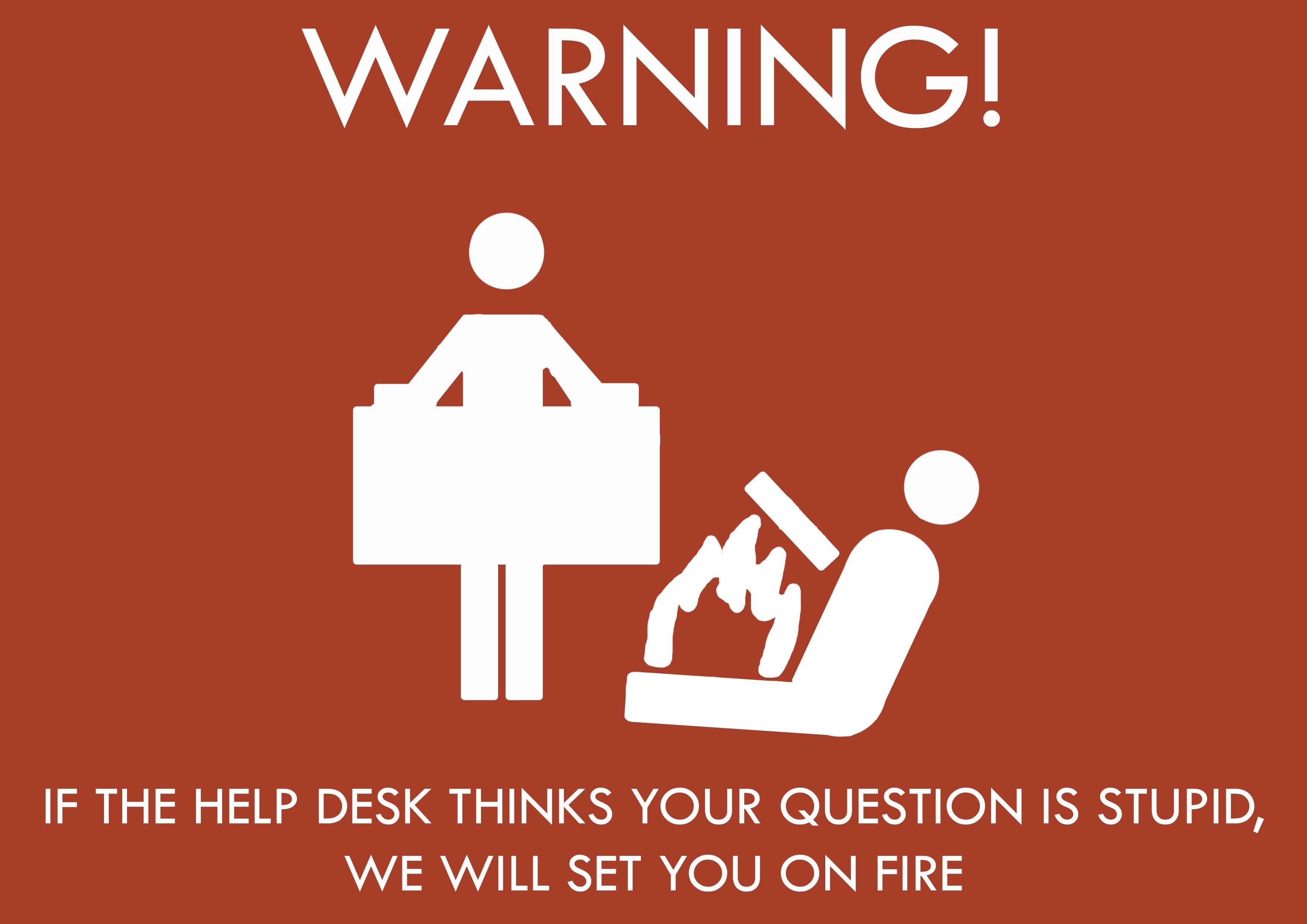
Table of Contents Link to heading
- The CrowdStrike Outage – A Software Update Gone Wrong
- The AWS Outage – A Typo That Cost Millions
- The Facebook Outage – A System Bug That Took Down Social Media
- The AT&T Outage – A Configuration Error That Blocked 92 Million Calls
- How IT Teams Can Prepare for Future Outages
- Conclusion: IT Firefighting vs. IT Prevention
Every IT professional has faced system outages that bring operations to a grinding halt. Whether it’s a misconfigured update, a hardware failure, or a cyberattack, these incidents can cost businesses millions and leave IT teams scrambling for solutions.
In this post, we’ll explore some of the worst IT outages in history, how they happened, and the lessons learned from fixing them.
The CrowdStrike Outage – A Software Update Gone Wrong Link to heading
What Happened? Link to heading
Example
On July 19, 2024, cybersecurity firm CrowdStrike pushed a routine update that
inadvertently crashed millions of Windows computers worldwide. The faulty update
caused 8.5 million devices to enter a boot loop, rendering them unusable.
Impact Link to heading
- Airports, hospitals, financial services, and media outlets were affected.
- Fortune 500 companies lost an estimated $5.4 billion due to downtime.
- IT teams worldwide scrambled to roll back updates and restore systems.
How It Was Fixed Link to heading
CrowdStrike quickly identified the issue and released a patch. IT teams had to:
- Boot affected machines into recovery mode.
- Manually uninstall the faulty update.
- Apply the fix and restart systems.
Lesson Learned Link to heading
Note
Always test updates in a controlled environment before mass deployment. A single
untested patch can cripple global infrastructure.
The AWS Outage – A Typo That Cost Millions Link to heading
What Happened? Link to heading
Example
In 2017, Amazon Web Services (AWS) suffered a major outage due to a human typo
during a debugging session. The mistake took down critical servers, affecting
Slack, Quora, Medium, and Business Insider.
Impact Link to heading
- S&P 500 companies lost $150 million in revenue.
- Websites and services went offline for hours.
- IT teams had to manually restore affected instances.
How It Was Fixed Link to heading
AWS engineers:
- Identified the typo in the command execution.
- Rebooted affected servers.
- Implemented safeguards to prevent similar errors.
Lesson Learned Link to heading
Note
Human errors can cause massive outages—automate safeguards to prevent them. Even
a single misplaced keystroke can disrupt global services.
The Facebook Outage – A System Bug That Took Down Social Media Link to heading
What Happened? Link to heading
Example
In October 2021, Facebook, WhatsApp, and Instagram went offline for six hours
due to a faulty system update. The bug prevented engineers from accessing
internal tools, delaying recovery.
Impact Link to heading
- Billions of users lost access to social media.
- Meta lost $47.3 billion in market value.
- Mark Zuckerberg personally lost $6 billion.
How It Was Fixed Link to heading
Facebook engineers:
- Manually reset affected servers.
- Restored internal access tools.
- Implemented better failover mechanisms.
Lesson Learned Link to heading
Note
Always have backup access methods for critical infrastructure. If IT teams can’t
access their own systems, recovery becomes impossible.
The AT&T Outage – A Configuration Error That Blocked 92 Million Calls Link to heading
What Happened? Link to heading
Example
In February 2024, AT&T Mobility suffered a 12-hour outage due to a misconfigured
network setting. The error blocked 125 million mobile devices, preventing 92
million calls, including 25,000 emergency 911 calls.
Impact Link to heading
- Nationwide mobile service disruption.
- Emergency services were affected.
- AT&T faced regulatory scrutiny.
How It Was Fixed Link to heading
AT&T engineers:
- Identified the faulty configuration.
- Rolled back network changes.
- Restored service gradually.
Lesson Learned Link to heading
Note
Network changes should be tested in isolated environments before deployment. A
single misconfiguration can disrupt critical services.
How IT Teams Can Prepare for Future Outages Link to heading
Best Practices for IT Resilience Link to heading
- Test updates in a sandbox environment before deployment.
- Automate safeguards to prevent human errors.
- Ensure failover access for critical infrastructure.
- Monitor network configurations to catch issues early.
- Have a disaster recovery plan ready for major outages.
Investing in IT Stability Link to heading
- Redundant cloud infrastructure prevents single points of failure.
- Automated rollback systems help recover from bad updates.
- AI-driven monitoring detects issues before they escalate.
Conclusion: IT Firefighting vs. IT Prevention Link to heading
Every IT team faces outages, but the best teams prevent them before they happen.
The worst system failures in history weren’t just technical issues—they were lessons in preparation, testing, and resilience.
Note
IT isn’t just about fixing problems—it’s about preventing them. Invest in better
infrastructure, smarter automation, and proactive monitoring to keep your
systems running smoothly.